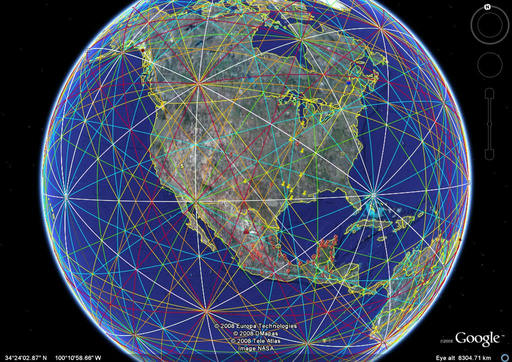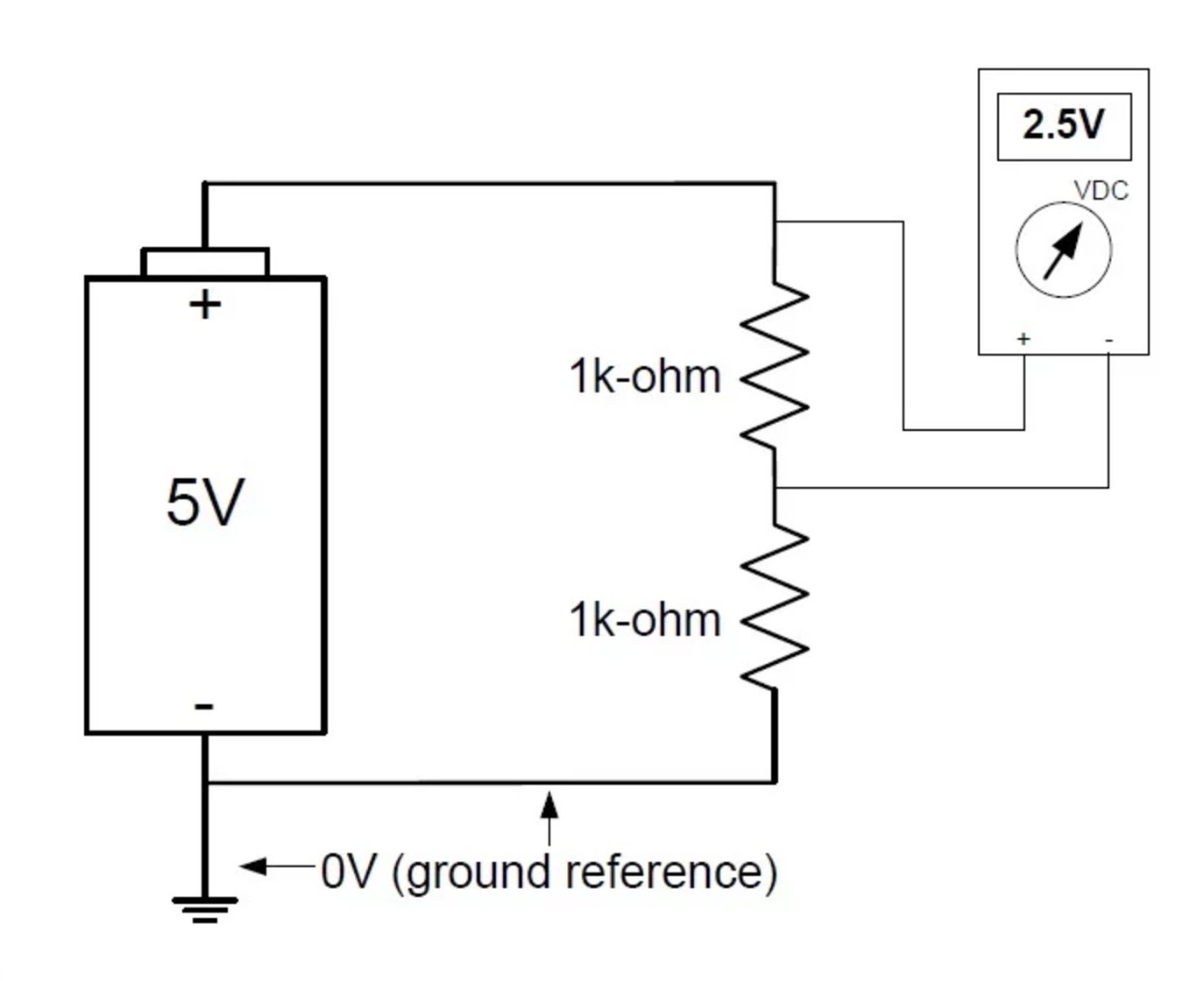
But it's AR that many tech giants, from Apple to Facebook, are banking on as the next revolution in technology, so Magic Leap faces high expectations. VR puts you right into another world and blocks out reality, but AR juggles a far more challenging task of trying to place virtual things into the world around you. I've tried all of Magic Leap's AR competitors over the last few years, including the HoloLens, the Meta 2 and prototypes such as Avegant's mixed reality headwear. This AR system is a step forward, but not a game changer. Still, though, there are significant drawbacks to Magic Leap's AR hardware, mostly in terms of its limited field of view.

And by immersiveness, I mean the things I see and interact with feel more real in front of me. Even though it's not all that fundamentally different from the HoloLens, which has been available for developers to purchase for $3,000 since 2016, the Magic Leap One feels better in terms of display, controls, graphics and immersiveness. And yet, I came away thinking it's the best AR headset experience I've had to date - including my Microsoft HoloLens escapades. My initial experience didn't blow me away, despite Magic Leap's promises. Whether it's more than a developer prototype, and whether it amazes you, is another story. I can tell you this: the Magic Leap One isn't vaporware. Read more: Magic Leap is either brilliant or BS. But now, the hardware has a price and a release date - the $2,295 headset is available now - and Magic Leap is ready to show its creation to at least a few outsiders.

For years, the startup has been shrouded: It's received $2.3 billion in funding from the likes of Google and Alibaba, but the company has released only a small handful of experiential videos to the public, raising questions about the company's veracity. I'm trying the Magic Leap One for the first time, putting the headset through its paces at the company's Plantation, Florida headquarters just a few weeks before its public debut. In the kind of augmented reality created by headsets like the one I'm testing, we're all performers in a split experience - one part real world, one part illusion. I'm not used to being watched this much when I try new things, but maybe that's the future. The missile passes over them, unnoticed, because only I see it through the Magic Leap One headset I'm wearing. A missile streams by, gleaming and a bit ghostly, and I turn to watch it fly to the opposite wall, where the CNET camera crew, a host of Magic Leap employees, and CEO Rony Abovitz watch me duck and move. I squeeze the trigger on my controller, sending energy beams at the robot. My hand holds a controller, but I see it as a laser blaster.

A robot flies through, blasting missiles at me.


 0 kommentar(er)
0 kommentar(er)
